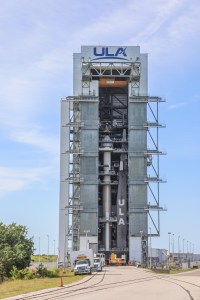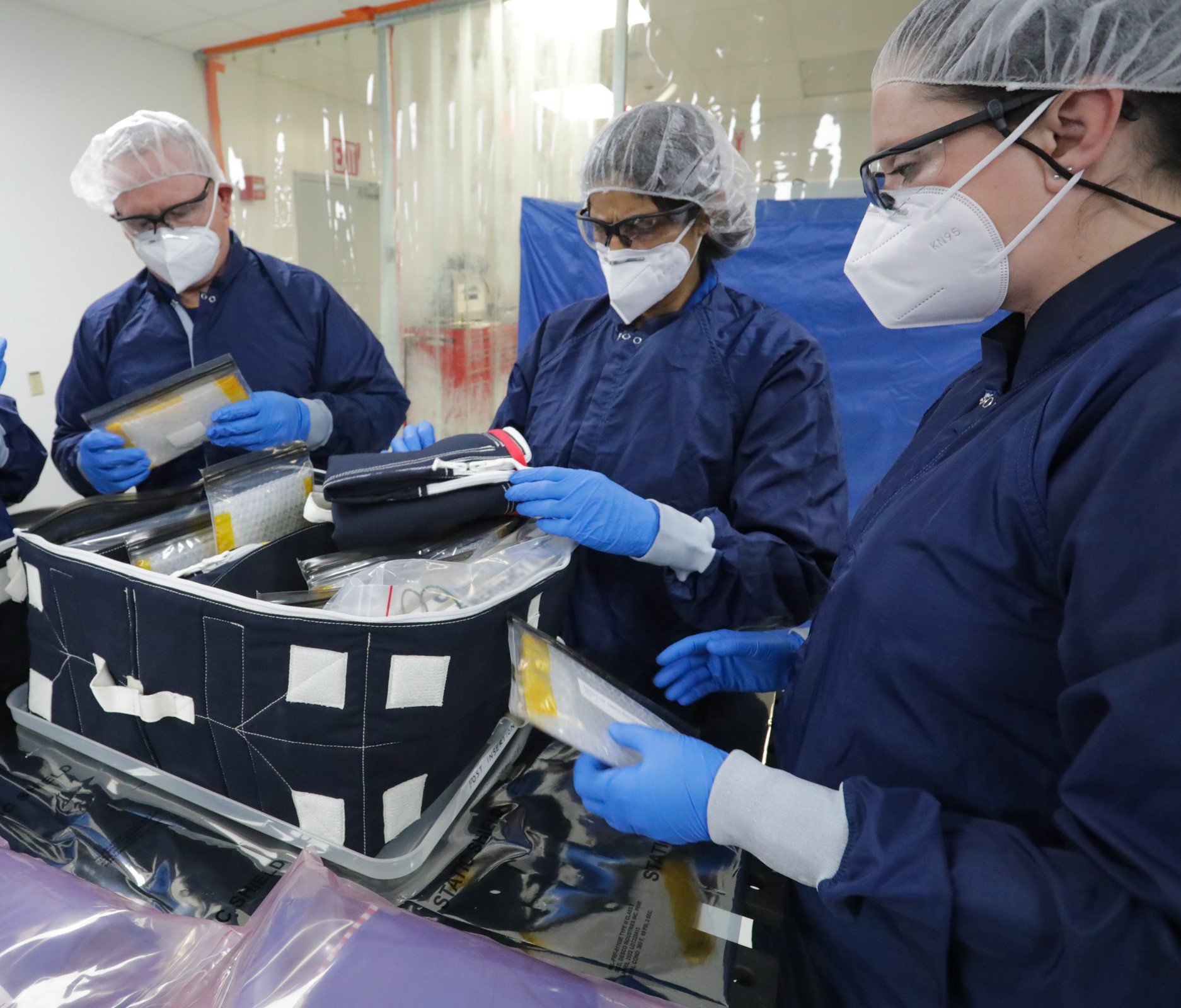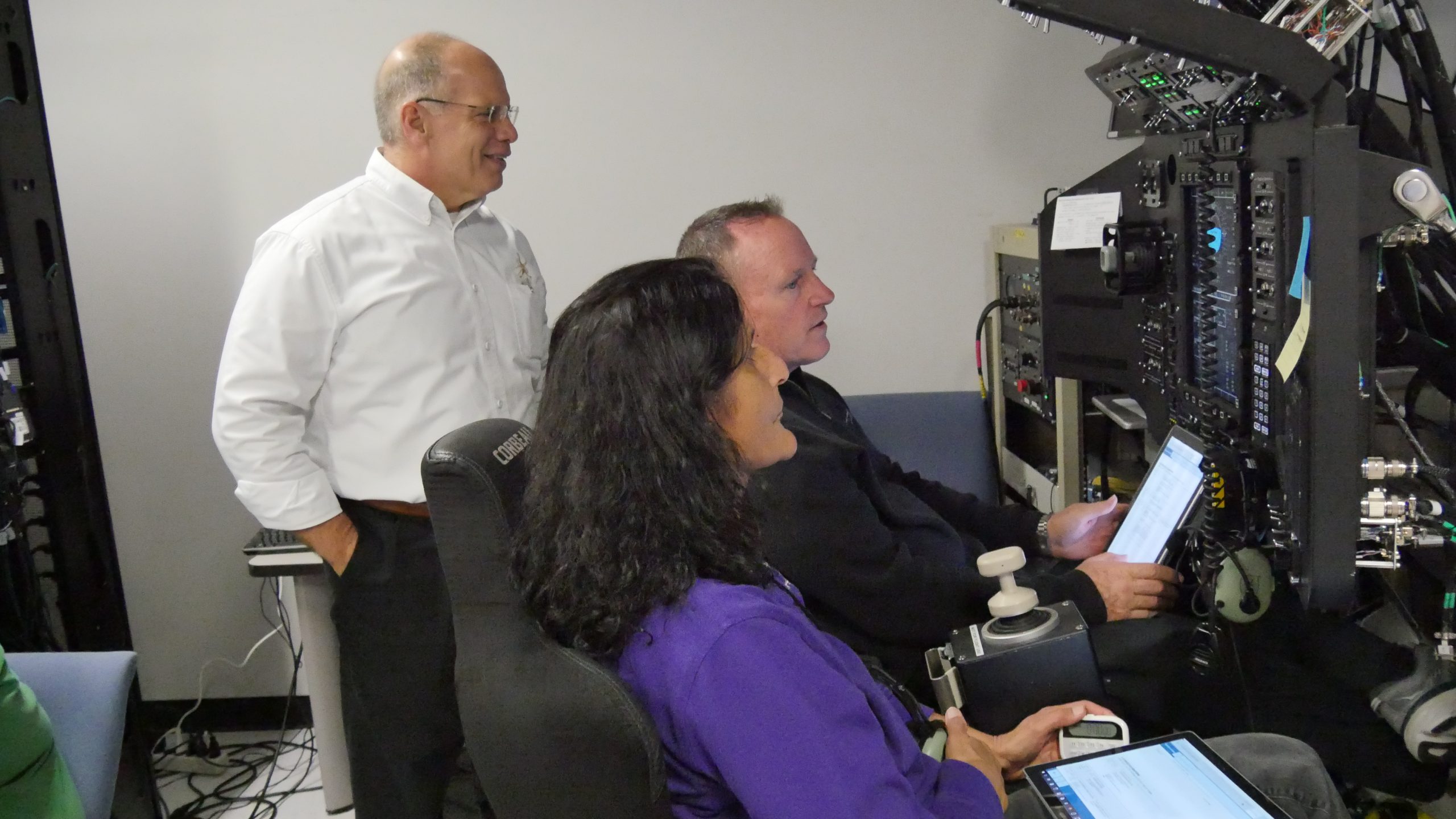
NASA astronauts Butch Wilmore and Suni Williams, who are set to launch to the International Space Station on Monday, May 6, entered pre-flight quarantine in preparation for the agency’s Boeing Crew Flight Test mission.
Flight crew health stabilization is a standard process ahead of any human spaceflight mission to ensure the health and safety of the crew prior to liftoff, as well as prevent sickness of the astronauts at the space station. During quarantine, astronaut contact is limited, and most interactions are remote – although family and some launch team members also may be in quarantine or cleared before interacting with the crew.
Wilmore and Williams will launch aboard Boeing’s Starliner spacecraft on a ULA (United Launch Alliance) Atlas V rocket from Space Launch Complex-41 at Cape Canaveral Space Force Station in Florida as part of NASA’s Commercial Crew Program. The duo will make history as the first people to fly on the Starliner spacecraft.
Wilmore and Williams will quarantine at NASA’s Johnson Space Center in Houston before traveling to the agency’s Kennedy Space Center in Florida no earlier than Thursday, April 25, where they’ll remain in quarantine until launch.
Meanwhile, teams also are preparing for the Flight Test Readiness Review, which will take place over the course of two days – Wednesday, April 24, and April 25. That review brings together teams from NASA, Boeing, ULA, and its international partners to verify mission readiness including all systems, facilities, and teams that will support the end-to-end test of the Starliner.
Following a successful flight test, NASA will begin certifying the Starliner system for regular crew rotation missions to space station for the agency.
Launch is scheduled no earlier than 10:34 p.m. EDT May 6.
Learn more about NASA’s Boeing Crew Flight Test by following the mission blog, the commercial crew blog, @commercial_crew on X, and commercial crew on Facebook.
Learn more about station activities by following the space station blog, @space_station and ISS_Research on X, as well as the ISS Facebook and ISS Instagram accounts.








